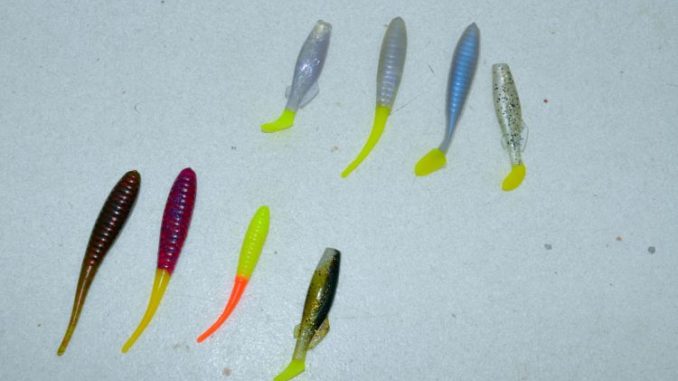
Trout master Dudely Vandenboore recommended experimenting with and without corks. Corks keep the bait in the strike zone longer if the fish are suspended.
Vandenborre has caught trout 2½ feet under a cork in 30 feet of water.
At the mouth of the Mississippi River, Ed Sexton said, a cork is a good choice if fishing is done in 3 or 4 feet of water.
Tight-lining like done in shallow water up in the marsh is difficult in Venice because of the amount of old, dead roseau cane debris.
But don’t just drag the cork in. Retrieve it with a repeated pop-and-pause motion.
That’s because the sound of the pop is critical.
When Sexton and Vandenborre are fishing side by side and only one is catching, it is because his cork produces a different pop sound.
So vary the retrieve until a pattern that works is found.
Angles, the position of the boat relative to pilings and drop-offs also can be important.
The best choice is to retrieve down current, then cross-current, then up current.
When tight-lining, be sure to select the right-sized jighead. Vandenborre uses ¼- to ¾-ounce, with 3/8 being the most-used size. Sexton uses ¼- to ½-ounce heads, but seldom uses larger than 3/8 ounce.
The key is to use the lightest head that will get the jig to the bottom. Try to have the bait bouncing just off the bottom most of the time; using too heavy of a jighead will cause hang-ups.
Both men agreed jighead color is unimportant, and that most of the best fishermen they know use unpainted heads.
They also suggested use dark tail colors, such as avocado, purple-and-chartreuse, and black-and-chartreuse when the water is off-color, at night or very early or very late.
When the water is clear, lighter baits such as blue moon, opening night or ice are best.
Vandenborre the lure-maker, noted that he can get by with three colors: a dark one and a couple of light ones.
The pair has different experiences with tandem rigs, where two jigs are fished at once.
Sexton has never fished them and doesn’t plan to.
Vandeborre uses them often in his Lake Pontchartrain fishing, but laughingly admitted one of their biggest drawbacks is that limits can be reached too quickly.
Vandenborre makes his own tandem rigs with 20-pound-test monofilament and ¼-ounce jigheads. The tie-on loop is made with a simple overhand knot.
One jig-bearing leg is 18 inches long while the other is 36 inches.
As for tail styles, neither man fishes with split-tail grubs any longer.
Vandenborre maintained that a straight tail grub does what a split-tail lure will do and more because of its erratic movement when the bait is worked.
Swimming-tailed grubs provide their own movement, so they don’t demand as much from fishermen.
Vandenborre uses swimming tail grubs, but his favorite is the straight tail.
Sexton said he usually starts the morning with straight tails, and then shifts to other body shapes if the straight-tail bite is slow.
Most anglers should slow down their retrieve, they said, especially during cold weather. Vandenborre said the single biggest mistake most fishermen make is to retrieve their jigs too fast.
Most fishermen don’t feel the strike, as it is not always a thump, Sexton said.
Vandenborre described many bites as “a mushy feeling.” He routinely puts the line over the forefinger of the hand holding the rod to detect anything different in the movement of the jig.
A common mistake that makes these experts grimace is putting a lure on the hook kinked or upside down.
“Take the time to put a new tail on the hook,” Vandenborre said. “If the bait slides down the hook, I usually put a new one on rather than just push it back up.”
Although he allowed that sometimes it is OK to bite a 1/4 inch off the front of the tail and rehook it, he noted that a new tail only costs 35 cents.
“It is foolish to not get strikes to save that.”
